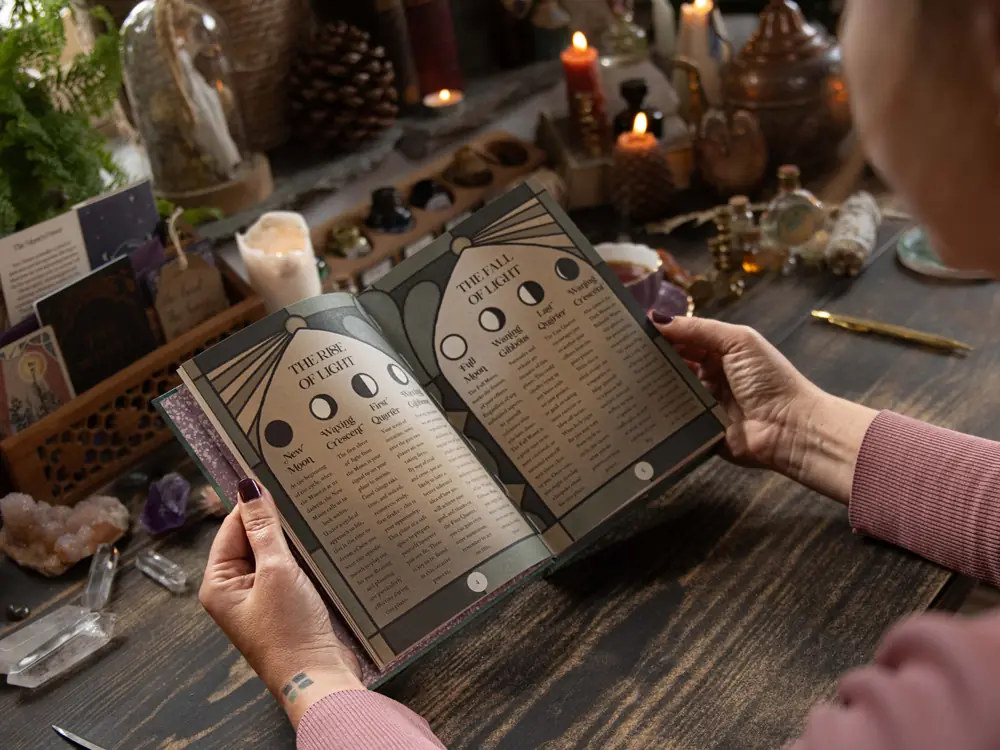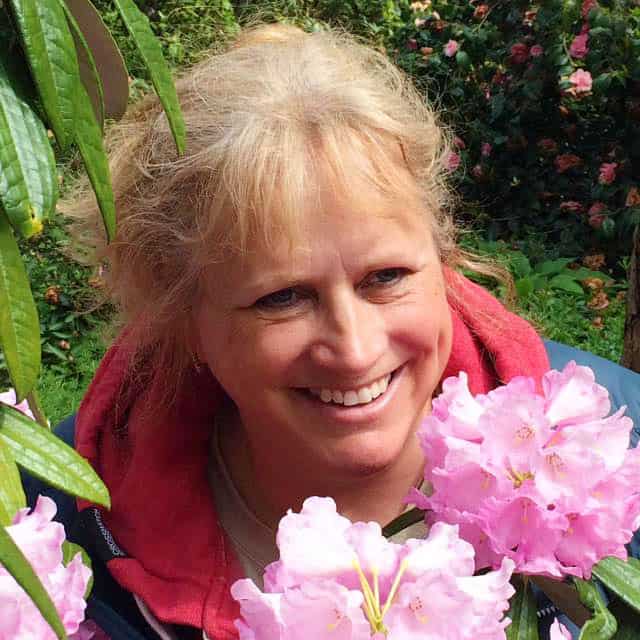Yattendon Winter Market, a celebration of slow craftsmanship, is back on 23rd & 24th November at the village hall, RG18 0UE
Yattendon is the perfect village for a festive market, being home to the beloved local Christmas tree farm!
Whether you’re looking for the perfect gift or a special treat for yourself, The Modern Makers Collective invite you to find a diverse and vibrant selection of handmade treasures to choose from, including jewellery, ceramics, textiles, glass, printmaking, basket weaving, and much more.
Modern Makers Collective are a group of skilled makers, designers, artists and craftspeople committed to promoting high quality craftsmanship, sustainability and community engagement through the Winter Market and programme of workshops in the local area.
This year the team are excited to showcase the incredible talents of 24 artists, designers and craftspeople. Among them will be several new faces, bringing a wave of fresh creativity alongside more seasoned Collective members.
The highlight aims to foster a deeper connection and understanding between makers and visitors, highlighting the time, effort, and skill that go into handmade artworks. The makers pour everything into creating exceptional pieces with care, attention to detail, a respect for materials, and traditional techniques, often fused with modern design. Visitors can meet the makers, learn about their processes and buy one-of-a-kind items that embody the essence of slow craft.
The picturesque estate village of Yattendon, renowned for being largely owned by Lord and Lady Iliffe, is the perfect setting for the Winter Market, with its award-winning pubs and beautiful scenery, providing visitors with a lovely opportunity to enjoy a day of mindful shopping and delicious food.
“We’re thrilled to host an event that not only showcases the incredible talent of our Collective, but also encourages mindful shopping,” says co-founder Aimée Alice Payton. “The popularity of our Winter Market reflects a growing appreciation for unique, quality products that tell a story, and reflect a commitment to thoughtful, sustainable purchases over mass-produced items.”
Visit Home | modern makers uk














